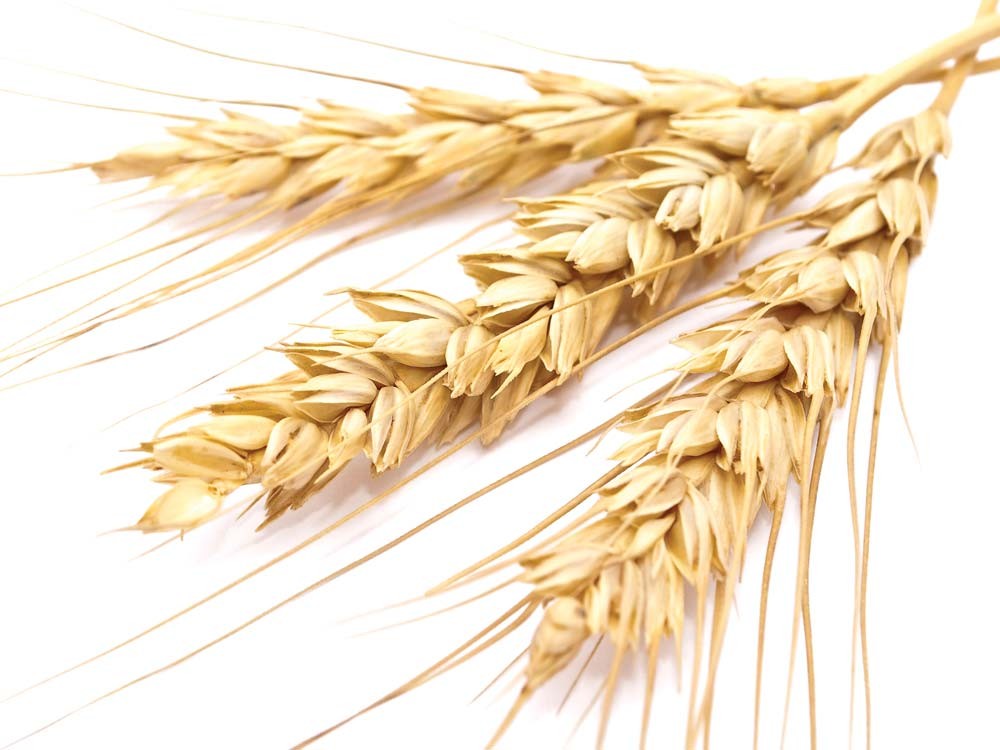It happens every week. I stand in the bread aisle of the grocery store and debate whether I should spend $4 on nutrient-rich, healthy whole-wheat hot dog buns or just plop down 99 cents for the refined flour and high-fructose corn syrup-laden ones. The thrifty shopper in me argues with the guilt-ridden mom, who already feels bad enough about letting her kids eat hot dogs. Whole wheat wins out. I throw the buns into the cart, steamed that the healthier choice makes such a dent in my grocery budget.
Last January, mega-retailer Walmart pledged to make this challenge easier. On a Washington, D.C., stage lined with polished produce, Walmart executives and First Lady Michelle Obama announced a nutritional charter to make the food the company sells healthier, more accessible and more affordable.
“Customers often asked us why whole-wheat pasta sometimes costs more than regular pasta. We will use our size and scale to reduce the price premiums on these types of products whenever possible, because customers shouldn’t have to pay more to eat healthier,” promised Walmart Senior Vice President of Sustainability Andrea Thomas.
But are they coming through on their promise?
And, what’s more, are prices for healthier products coming down?
Last week, Spokane Valley resident Emily Erickson pushed her grocery cart down the bread aisle at the Spokane Valley Walmart with her 4-year-old daughter, Violet, in tow. A personal trainer, dressed in pink-swoosh Nikes and workout gear, Erickson understands the importance of healthy eating.
She says she buys Walmart’s white bread because her kids like it but prefers whole grain for herself. “It’s hard. All healthy food costs more,” she says.
“They’ve got to get it into eyesight,” she said, pointing up to the whole-wheat loaves on the top shelf, above a sea of white bread. “I think if more people would buy whole wheat, the price would go down.”
Last week, the price on Walmart’s Great Value-brand whole-wheat bread at the Spokane Valley store was $1.48 — 51 percent more expensive than the 98 cent white loaf. Walmart did decrease the price of whole-wheat spaghetti to make it the same price per box as regular pasta, claiming to have removed the price premium. However, the whole-wheat pasta box contains almost three ounces less, meaning it really costs 19 percent more than regular pasta.
The price disparity for whole grain goods is not unique to Walmart. A recent visit to Albertson’s revealed that whole-wheat macaroni cost 35 percent more per ounce than regular, and whole-wheat bread cost 43 percent more than white. (Comparison is for Albertson’s-brand products.)
“It’s cheaper to make whole-wheat flour.
That’s the dilemma,” says Karl Kupers, founder of Shepherd’s Grain, an Eastern Washington sustainable wheat farming operation. Many flour producers charge more for whole wheat, he says, even though it’s cheaper to produce. It’s a supplyand-demand issue, Kupers thinks. Most of the sales volume is in refined flour, driving down the price.
Louise Tuffin of Spokane’s Arabesque Bakery explained that her multi-grain bread is considerably more expensive to make than a white French loaf. The higher price of whole-wheat flour, the cost of additional grains and the more difficult process of working with the dough all contribute to the cost. Tuffin charges only a dollar more per loaf because most people won’t pay more than $6 a loaf.
“I think we make a little more on the French and it all evens out in the end,” she says.
For many shoppers, paying a few extra dollars to put high-fiber, heart-healthy, whole-grain foods on the table is worth the sacrifice. But what about the effect on a single mom with four kids, or an elderly person on a fixed income?
According to the U.S. Census Bureau, 14.8 percent of Spokane’s population lives below the poverty level. Add in the rising cost of dairy, fresh produce and gas to get to the store and it’s understandable that some families get discouraged in their quest for healthy eating.
They’re in good company. At the January press conference, Michelle Obama recalled being frustrated, as a parent, that the healthy choice wasn’t always the most affordable one. “That’s how many busy parents are feeling today,” she said.
“I have a simple message for American parents,” she continued. “When it comes to the health of our children, make no mistake about it, we have a voice in demanding more for our money.”
Which
makes me wonder: Will Walmart and other stores start dropping prices on
healthier choices? Or do I need talk to my grocer about those $4 hot
dog buns?
















